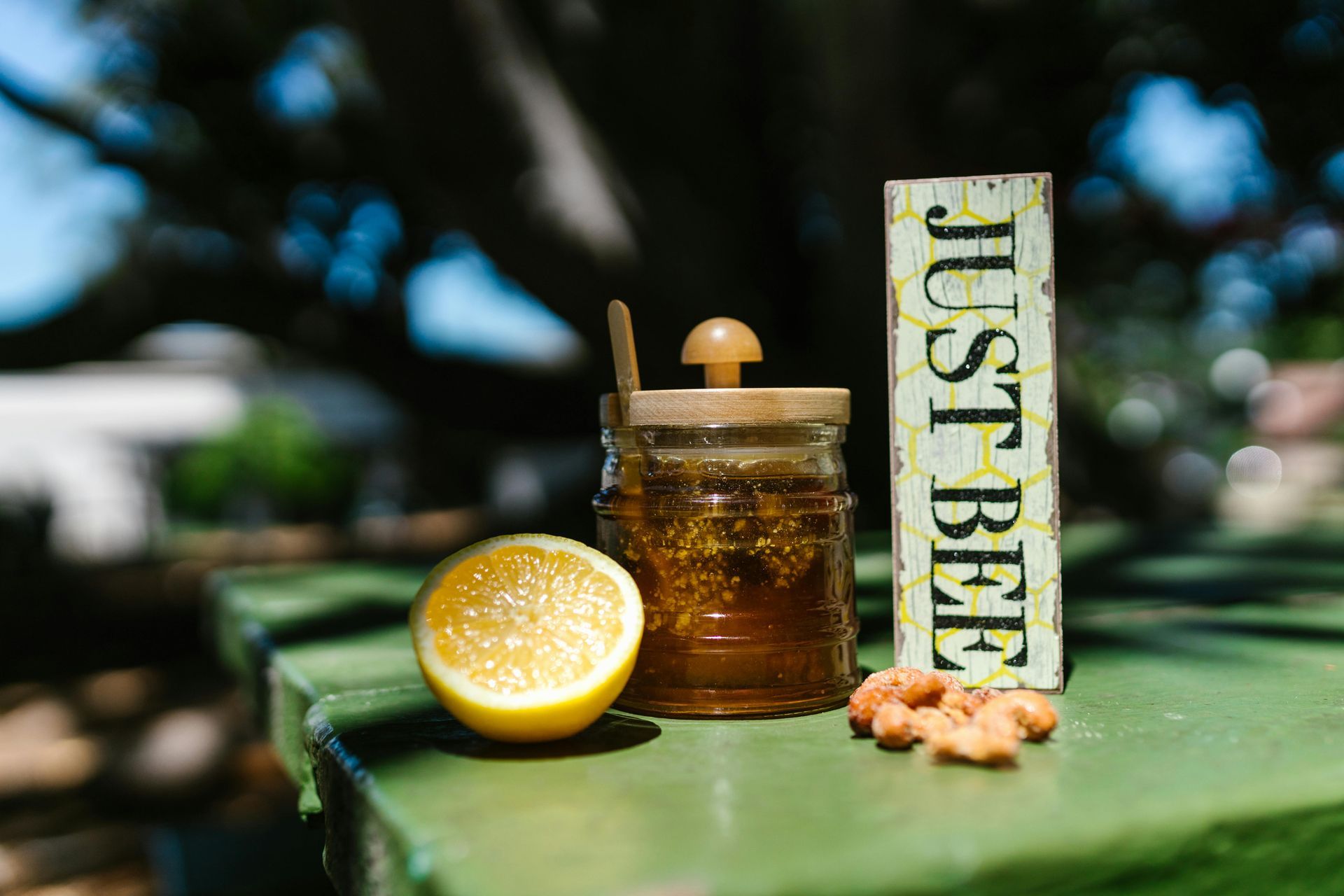Dear Inner Child: You Are Finally Safe
Christina Ditchkofsky
3 Powerful Ways Journaling Can Help You Heal from Childhood Wounds

“Some day you will be old enough to start reading fairy tales again.”
~ C. S. Lewis
Many of us faced common fears as children—monsters hiding under the bed, the darkness of the night, or the worry of being left alone. But what happens when those fears don’t just fade away with time? Some linger, evolving into shadows that follow us into adulthood.
We carry these burdens with us, often quietly—echoes of careless words we heard as young ones that clung to our tender hearts like burrs. Labels like "difficult," "troublemaker," "too much," or "not enough" became part of our identity, shaping how we viewed ourselves in the world.
As we grow, these childhood wounds resurface, but now they’re wearing grown-up clothes. They manifest as anxiety, depression, codependency, addiction, or fractured relationships—leaving us questioning our own value in the eyes of others.
If you’ve ever found yourself across from a therapist, struggling with the question of why you keep repeating the same toxic cycles, know this: you are far from alone.
The Quiet Wounds That Shape Us
Research shows that many adult struggles can be traced back to unresolved pain from childhood. There are countless adults navigating life with the haunting ghosts of their younger selves.
I know this all too well, because I was one of those kids.
Early on, I picked up a quiet, yet powerful belief: I wasn't deserving of love.
There was no singular traumatic event—just a slow accumulation of small wounds. A thousand tiny paper cuts that chipped away at my self-worth. Eventually, I convinced myself that love was something I had to earn.
So I learned to perform. I rebelled. I broke rules. I pushed people away before they could abandon me.
By the time high school rolled around, I had perfected the art of self-sabotage—drawing people in just close enough to let them down.
The cold truth? I was terrified of being truly seen - what if they don't love me?
The Patterns We Inherit—And Perpetuate
I’ve lived through wrecked relationships and friendships that slipped away—not due to lack of care, but because people with healthy boundaries could no longer stay.
It took me two failed marriages and years of reflection to understand: Love wasn’t the enemy. My unhealed wounds were.
As Brené Brown beautifully puts it:
“Owning our story and loving ourselves through that process is the bravest thing that we will ever do.”
That’s where our real work begins. We can’t heal what we’re not willing to confront.
Reconnecting With the Inner Child
I had to go back—not to cast blame, but to listen. I had to meet that fiery, misunderstood little girl inside and remind her:
You are lovable. You are seen. You are safe.
We all carry stories from childhood—whether we were the quiet observer, the people-pleaser, or the one praised for being “so mature.”
But those identities? They were survival mechanisms. We get to choose new ones now.
Healing begins with awareness and deepens with compassion. Sometimes that means therapy. Sometimes it means hard conversations with your partner. And sometimes, it starts with a pen and paper.
I know people talk about journaling. But it really does work.
3 Ways Journaling Can Heal Your Inner Child
Journaling has been a powerful tool in my healing journey. It has helped me unearth truth, spot patterns, and nurture myself in ways no one else can.
Give it a shot.
Here’s how you can use it too:
1. Write Letters to Your Younger Self
Talk to the child inside you. Tell them what they never got to hear:
“You mattered.”
“You were never too much.”
“You didn’t deserve the silence or the shame.”
These letters can become a lifeline—a bridge to parts of you that still ache for acknowledgment.
2. Track Emotional Triggers
When you react strongly to something—rejection, criticism, being ignored—write it down.
Ask: When have I felt this before?
You’ll begin to see how today’s pain often echoes a much older wound. With that awareness, you can begin to respond instead of react.
3. Create a “Safe Space” Page
Dedicate a section of your journal just for comfort.
Include photos, quotes, memories, or drawings that make you feel calm and loved.
Return to this space when you feel overwhelmed—it’s a reminder that you are your own safe place now.
Rewrite the Narrative
When we give our inner child what they never received—love, validation, protection—we begin rewriting the story.
We stop waiting for someone else to heal us.
We become the parent, the friend, the protector we always needed.
So if you’re stuck in familiar cycles, ask:
What did I need back then that I didn’t receive?
And how can I give that to myself today?
Because no matter what you’ve been told or what you’ve believed…
You are not broken.
You are becoming.
And your inner child is waiting—so patiently—to be seen, heard, and loved.
Share
Blogs



